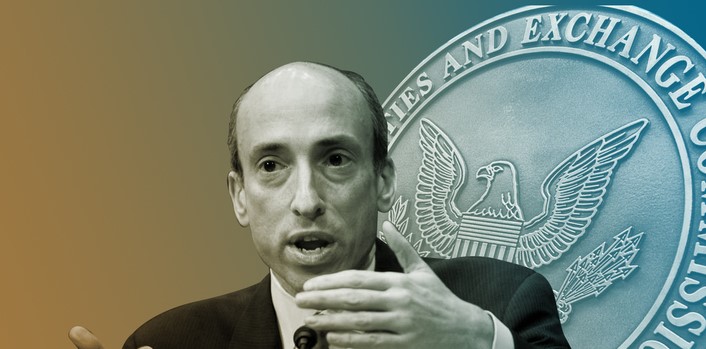
“Plays by intuition, the digit counters fall.” Pinball Wizard, The Who. 1969
In the closing days of the 1960s, a boy walks quickly along the sidewalk as he follows his father striding purposefully in and out of the smoky roadside bars and diners of Baltimore. His father enters an establishment, a tired neon light flashing, and exchanges words with the bar-tender as the boy hops up onto a stool. It is a well-rehearsed routine. Sam waits for a man to finish playing the pinball machine. The customer stands legs apart his body jerking and moving as one with the machine before finally surrendering. He notes his score and walks away. Sam swiftly and discreetly removes a bunch of keys from his pocket and empties the machine of nickels and drops them into a deep sock-like bag. The boy jumps down and he and his father nod to the barman and leave. Sam, the man, carries a gun, ever aware he could be a target for street robbery. The boy is Gary and he’s learning about business, money, and risk at an early age and at the sharp end. Gary is now the 33rd Chair of the U.S. Securities and Exchange Commission (SEC).

The SEC was born from the ashes of the 1929 Wall Street crash and was a component of Franklin D. Roosevelt’s New Deal program. Its primary purpose was to enforce the law against the manipulation of financial markets. The President appointed Joseph P. Kennedy, scion of the Kennedy dynasty that would dominate U.S. politics in the decades to come, as the inaugural Chairman.
Today, the SEC’s tentacles reach far and wide and have done for many years. However, the new Chairman Gary Gensler has signaled this is no pre-retirement putting out to grass post for him. He has pledged, for example, to protect investors from the “Wild West of cryptocurrency markets that are rife with fraud, scams, and investors”. In addition, Gensler has also signaled SEC intentions to force corporations to improve climate change disclosure, to require SPACs and their sponsors to become more transparent, to pressurize the asset management industry to tighten up on ESG reporting, to legally require full disclosure on Wall Street pay and bonuses, to make money managers disclose short sale data, among many other measures. Earlier in his career Gensler co-authored a book entitled ‘The Great Mutual Fund Trap’, this should have been a flashing red light for the investment management industry, especially relating to the transparency of charges. Words are words, sure, but why should risk managers sit up and take notice?
Gary Gensler gets things done, that’s why. As a boy, he studied hard and got into Wharton one of the nation’s top business schools with alumni including Warren Buffett, Steve Cohen, Nassim Taleb, and Elon Musk. (Musk had his own run-in with the S.E.C. in 2018, at the time he suggested that S.E.C. was an acronym for ‘Short-seller Enrichment Commission’). Gensler landed a job at Goldman Sachs in his early 20s and became at the time their youngest ever partner at 30. In 1997 he was tempted by President Bill Clinton to join the Treasury Department as Assistant Secretary.
Despite some considering him too easy on his former Wall Street colleagues and naturally personally opposed to increased regulation the incoming Obama administration appointed him Chairman of the Commodity Futures Trading Commission (C.F.T.C.) in 2008. Gensler quickly showed he meant business and he drove the greatest expansion of the C.F.T.C.’s influence since its inception, as sweeping derivatives regulation was included in Dodd-Frank and new burdens were placed on banks to trade less & in a more transparent way. When the LIBOR rigging scandal emerged in 2012, Gensler imposed $6bn worth of fines on the big banks. Wall Street was said to hate Gary Gensler and that says it all.

Critics opine that Gensler talks a good game and that trying to advance on so many fronts will inevitably end in failure. Gensler replies by referencing Martin Luther King Jr.’s speech about the “fierce urgency of now”, applying it to the S.E.C.’s ambitious agenda. Everything he has highlighted is at the top of his list, comments Gensler when pressed on priorities. He has set up some 50 teams involving about 200 people to write rule proposals. Each has staff from the general counsel’s office as well as economists to carefully weigh the costs and benefits, a key requirement of federal law. He is keeping a close eye on the progress; the groups have been directed to send regular updates to the office on progress.
One area where the S.E.C. bearing down may cause the most discomfort is bringing into law new mandates for workforce disclosure, not only for corporations and organizations but in their supply chains. In August Gensler announced: “Investors want to better understand one of the most critical assets of a company: its people. I’ve asked staff to propose recommendations for the Commission’s consideration on human capital disclosure. Whilst it is recognized that there is a strong correlation between a workforce’s well-being and a company’s profitability, businesses are recognizing the need to create a diverse and equitable people-first culture’. However, platitudes and immeasurable statistics will no longer cut the ice under Gensler’s vision.
Who knows whether old Sam Gensler ever had cause to slip his gun out of his waistband when collecting those dues from the bars and restaurants in Baltimore? Whatever, his son has certainly shown he will use whatever weapons he has at his disposal, as the big banks of the world will testify. Corporate America is in for a regulatory reckoning and risk professionals need to be across it all. For S.E.C. read See Everything Coming.
Martin Knight October 2021.

Become a smarter risk professional in two minutes.
Read Risk Channel for brief summaries of news and actionable information for risk professionals
created with
Website Builder Software .